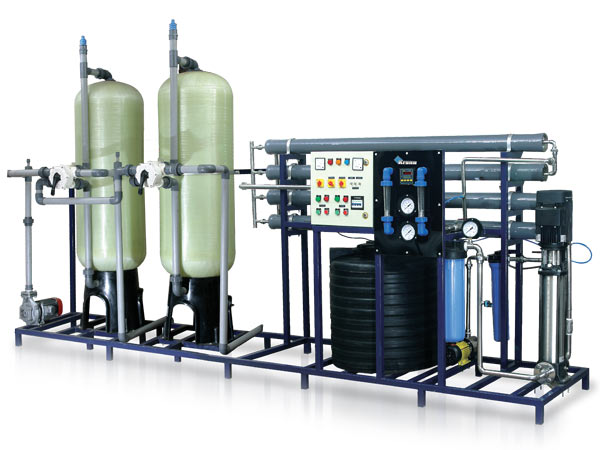WATER SOFTENING PLANT
Water is considered ‘hard’ when it has excessive levels of calcium and magnesium dissolved in it. Hard water can lead to the following water problems:
- Scale build-up in pipes, resulting in decreased flow rates.
- Scale build-up on heating and cooling systems, leading to increased electricity costs and breakdowns.
- White film on glass surfaces and staining on water taps
- Increased laundry costs due to hard water reacting with soap and laundry detergents
The high synthetic resin is used to exchange Sodium ions with hardness forming Calcium and Magnesium ions. After producing desired output, the resin is regenerated with (NaCI) Sodium Chloride solution after which the unit is again ready to deliver the next batch. The Water Softening Plant units are available in different models. The difference between these models is in the capacity of the resin used for each model. These units are easy to operate and maintenance-free.
Process:
Water softening methods mainly rely on the removal of Ca2+ and Mg2+ from a solution or the sequestration of these ions, i.e. binding them to a molecule that removes their ability to form scale or interfere with soaps. Removal is achieved by ion exchange and by precipitation methods.
The mineral tank and the brine tank are the main constituents of the water softening system. The water softening system consists of a mineral tank and a brine tank. The mineral tank and the water supply pipe are connected and water passes through the tank before it can be used. The mineral tank consists of negatively charged beads or resins that attract positively charged calcium and magnesium.
The surface of the resin gets coated with calcium and magnesium minerals. The resin is cleared by flushing a strong sodium (salt) solution held in the brine tank. The sodium ions are powerful and they easily overpower the calcium and magnesium ions and drive them off of the resins which are later drained out of the unit.

